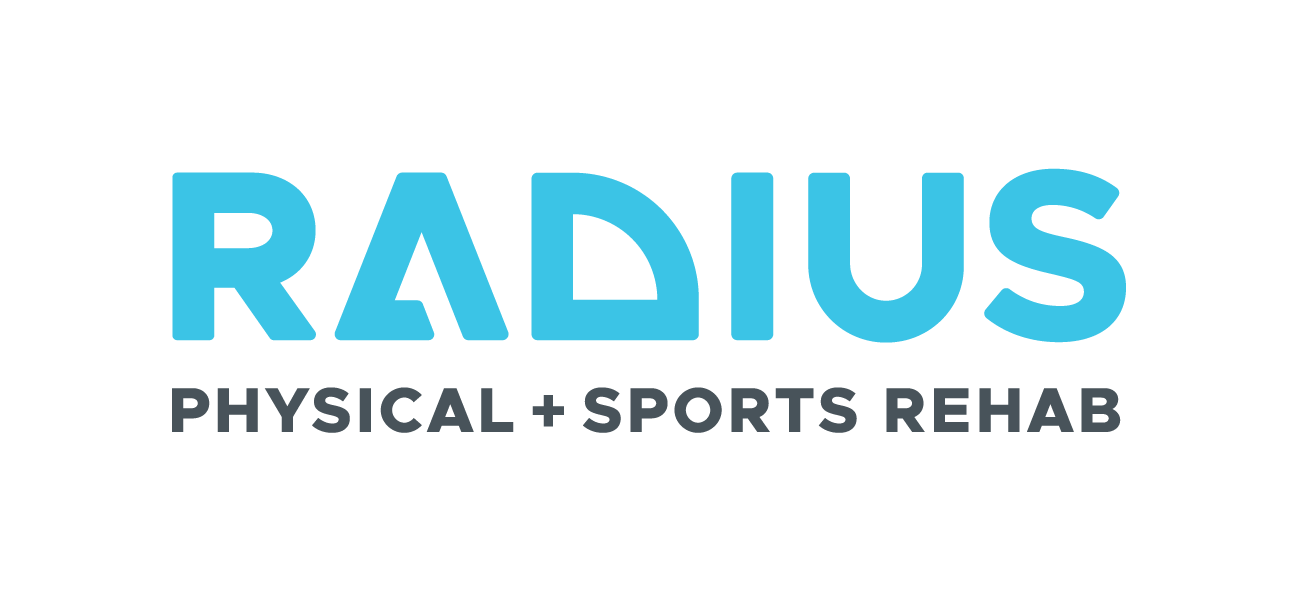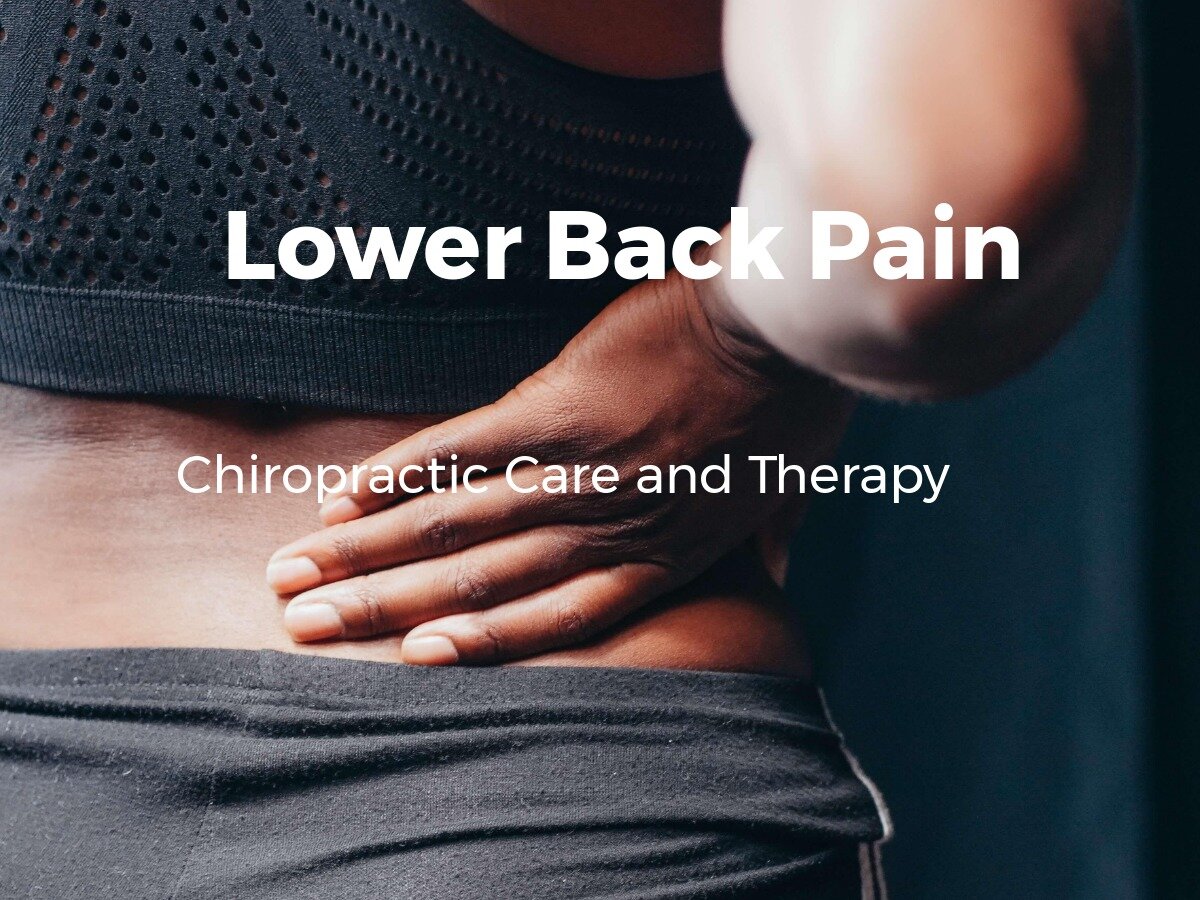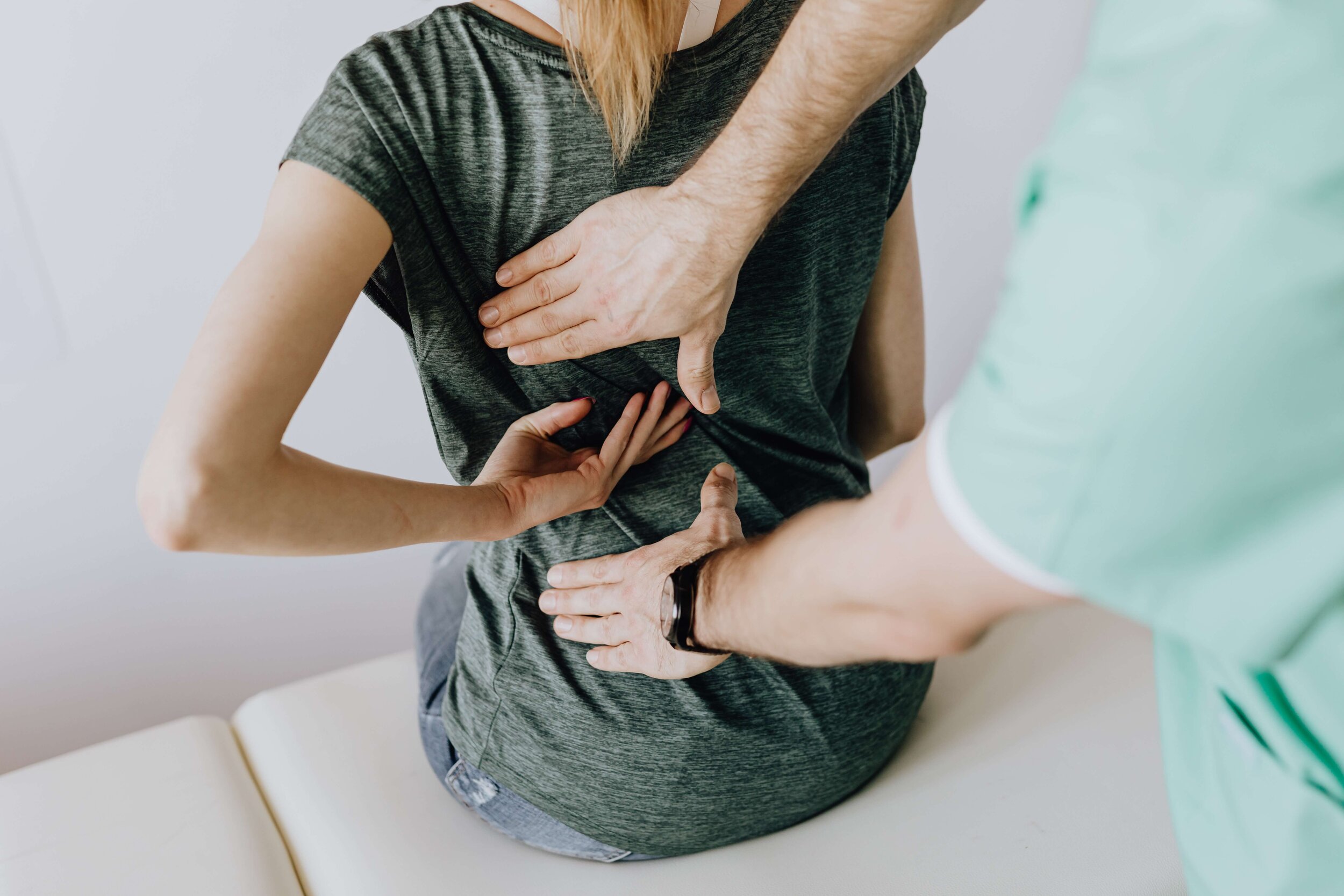Lower Back Pain
How do Car Accidents Cause Lower Back Pain?
Lower back injuries are common during an automobile accident. While a passenger’s lap belt keeps the lower body fixed to the seat, the upper body is less secure; forces acting on it can throw it in any number of directions. These forces, distributed through the body at the moment of impact, travel to the point of least resistance. Because the upper body has some freedom to move while the lower body does not, the lower thoracic and lumbar vertebrae often must withstand tremendous force. (Vertebrae is the name given to the bones of the spine.) Such forces can stretch ligaments that connect the vertebrae (a sprain), muscles and tendons (a strain), or the discs that sit between consecutive vertebrae. This force can also damage surrounding nervous tissue and possibly the spinal cord itself.
What Kinds of Lower Back Injuries are caused by Automobile Accidents?
Various lower back injuries can result from an automobile accident, and this is not a complete list. If you have not been diagnosed, rather than making assumptions about your problem, seek the opinion of a trained professional. Radius Clinic specializes in chiropractic care and sports rehabilitation, which includes diagnosing and treating musculoskeletal injuries sustained from auto accidents, including lower back injuries.
Lumbar (or Lower Thoracic) Strains
A lumbar strain occurs when the muscles and tendons of the lower back become torn or damaged. It can arise from repetitive motion, overuse, playing sports, a traumatic incident, or any combination of the events mentioned above. A strain can be accompanied by pain, inflammation, and sometimes muscle spasms.
Lumbar (or Lower Thoracic) Sprains
A lumbar sprain occurs when the ligaments connecting the vertebrae tear. This injury usually occurs from the excessive force that overwhelms ligaments’ capacity to resist the force in an automobile accident. Damage to muscles, tendons, and nerves surrounding those vertebrae can occur with sprains.
Once the ligaments tear, an inflammatory response occurs; this is the body’s natural response to damage. Inflammation can produce heat, swelling, stiffness, and pain. The same forces that damage connective tissue can also damage surrounding nervous tissue. The inflammatory process can also irritate nerve tissue, causing alterations in sensation and potentially increase pain.
Herniated Discs
A “disc” is a pad of cartilage that rests between two vertebrae and acts as a cushion between them, absorbing vertical force. A herniated disc occurs when the outer ring of the disc tears, causing the soft gel-like center to migrate outward. The migration of the internal portion of the disc can cause the fibrous outer ring to protrude outwards or bulge. Sometimes the outer ring is torn to the point it ruptures, and some of the fluid and material inside migrates outwards. The inner material of the disc, or a bulge, can make contact with local nerves causing irritation, an intense inflammatory response, and pain. Although a herniated disc can happen for no apparent reason, certain motions (e.g., lifting and twisting simultaneously) can cause certain discs to bear too much force, resulting in a tear.
Also known as slipped discs or ruptured discs, herniated discs typically heal without intervention in a few weeks. But not always. If trauma to other areas of the low back occurs, which is often the case in automobile accidents, regular motion and use can promote further inflammation and damage, this often causes pain. It is best to seek the help of a clinic specializing in diagnosing musculoskeletal issues and providing treatment that will reduce inflammation, stimulate healing, and strengthen the affected area.
Fractured Vertebrae
A fractured vertebra is always very serious. However, some fractures are more severe than others. Fractures put the spinal cord at risk, along with other nerves in the area of the cracked vertebrae. When the nerves in the lower back are damaged severely or severed, it can cause partial paralysis, urinary or fecal incontinence, or sexual dysfunction. More mild nerve damage can cause numbness, tingling, and pain.
Diagnosis
In diagnosing a patient’s lower back injury, a licensed professional will perform a physical examination, including but not limited to a neurological exam, checking muscle strength, and assessing ranges of motion. The X-ray is the basic imaging test used and can reveal a lot of information. A CT scan or an MRI may further pinpoint the location and extent of the damage. Patient history can also play a role in understanding the symptoms and arriving at an accurate diagnosis.
Treatment
Fractures
After the patient is treated for emergent issues, some fractures are treated with braces, medication, and managing activity. In more severe cases, the patient may remain in traction for a time and require continuous care. In most cases, physical rehabilitation is needed to restore strength, range of motion, and proper function of the muscles and connective tissues associated with that region of the body.
Other Back Injuries
Regarding strains and sprains, some rest, in the beginning, is beneficial. Medication for pain and inflammation is often recommended. If needed, braces or other accessories are used to stabilize the injured area. Ice and heat are also beneficial in controlling inflammation and improving circulation if used in the proper duration and sequence.
Medication, ice, and heat alone are often not enough to achieve full recovery. Research has shown that within a few days, light activity is necessary for stimulating healing and recovery. It is best to seek out care from an expert in diagnosing and managing musculoskeletal issues to help you determine how much and what types of movements are best for your recovery process. In this manner, physical rehabilitation provides excellent results when recovering from back injuries.
A top clinic will provide exercises to best support the recovery for the type of injury sustained (e.g., sprain, strain, disc bulge, or herniation) and where you are in the healing process. Often goals of a physical rehabilitation program include adding strength and improving circulation to the area. Providers at Radius Clinic specialize in musculoskeletal injuries and providing care for lower back problems that occur from automobile accidents or other incidents.
Come to Radius Clinic for Physical Rehabilitation to treat Lower Back Injuries
If you live in the Northern California counties of Nevada, Placer, El Dorado, or Sacramento, call or stop by one of our locations in Grass Valley or Roseville. Radius is a physical rehab and chiropractic clinic that employs certified experts in musculoskeletal rehabilitation. We treat victims of automobile accidents suffering from whiplash, back strains, sprains, herniated discs, or other related conditions.
We have helped countless patients recover from devastating injuries, many of whom regained 100% of their strength and mobility. We would love to do the same for you. Call or stop by our office for an initial consultation. We look forward to meeting you!
Feel free to call our clinic with any questions we haven’t covered on this page - here to help!




